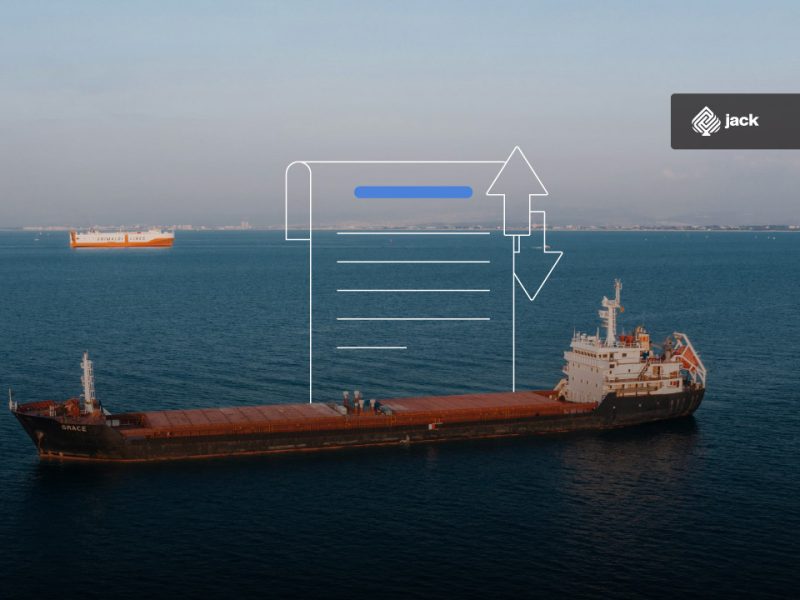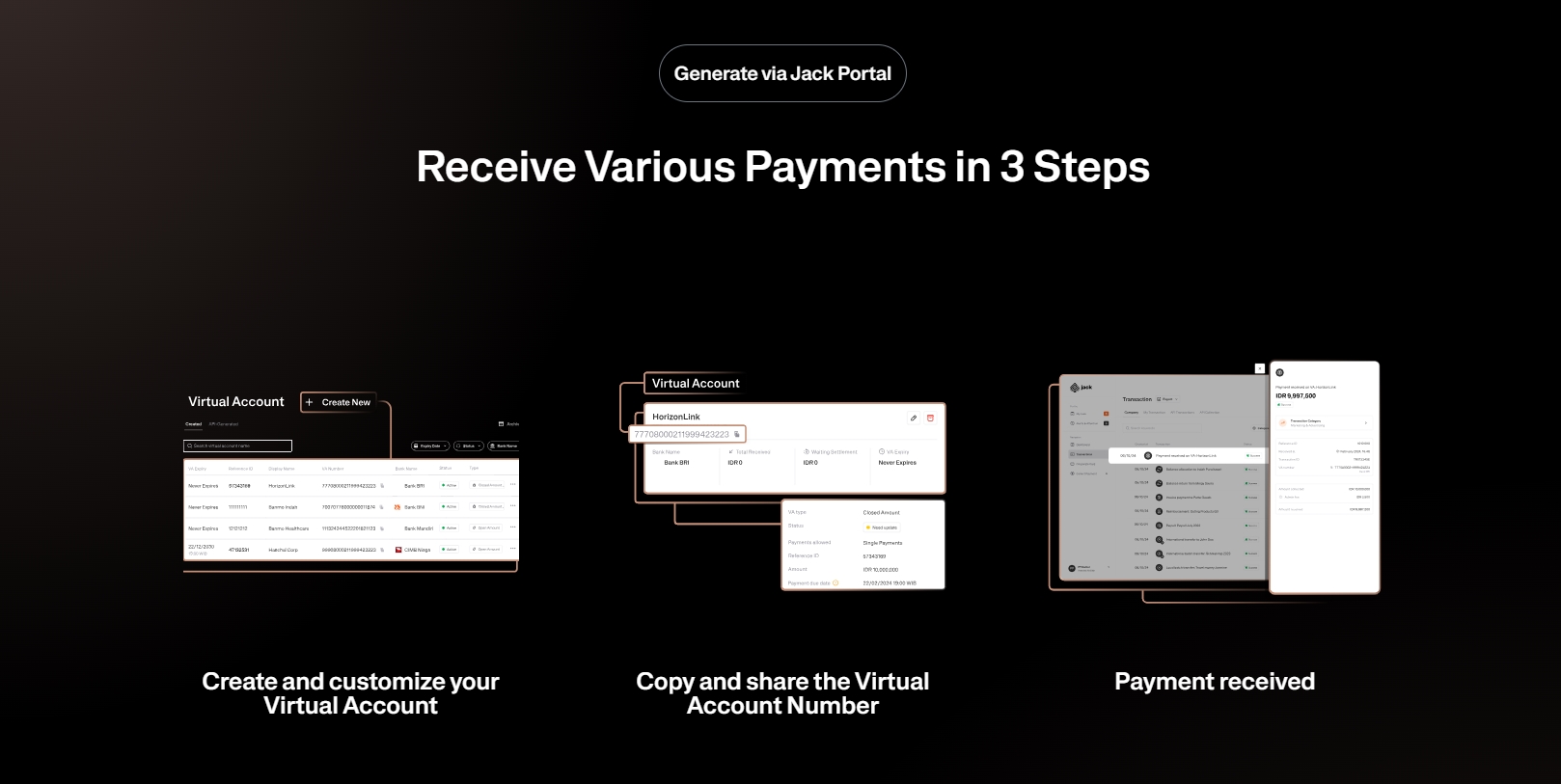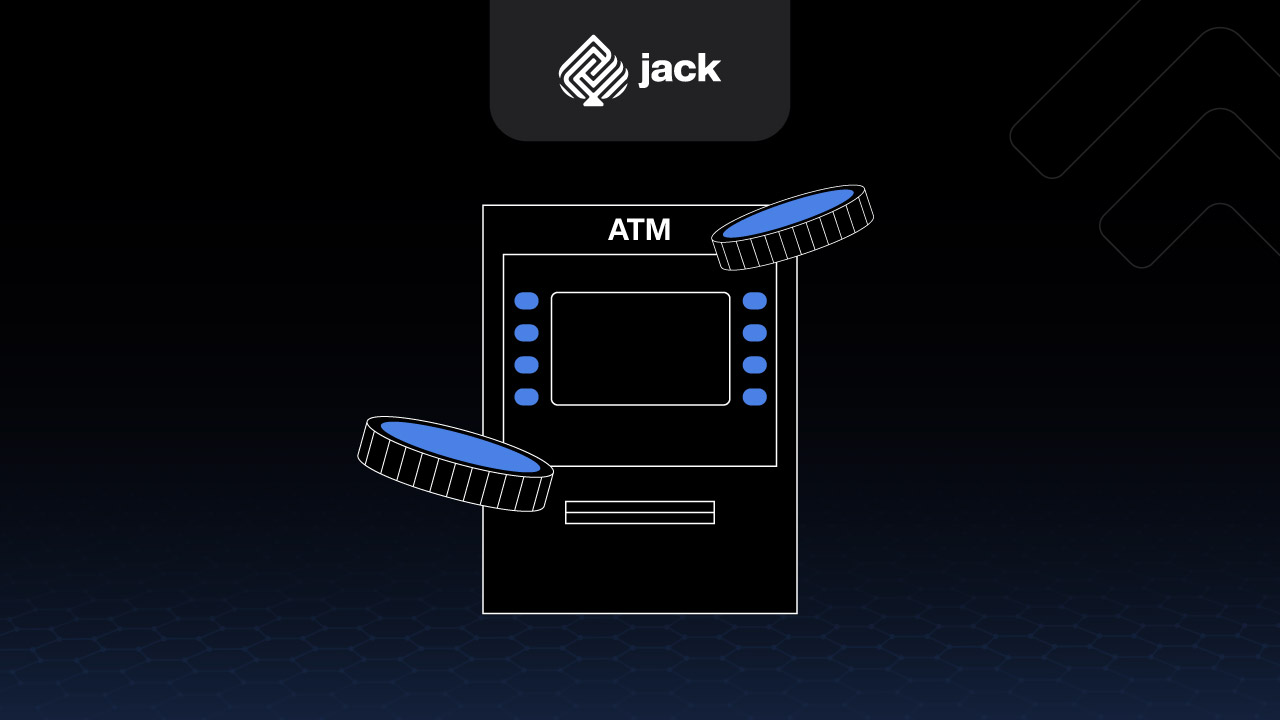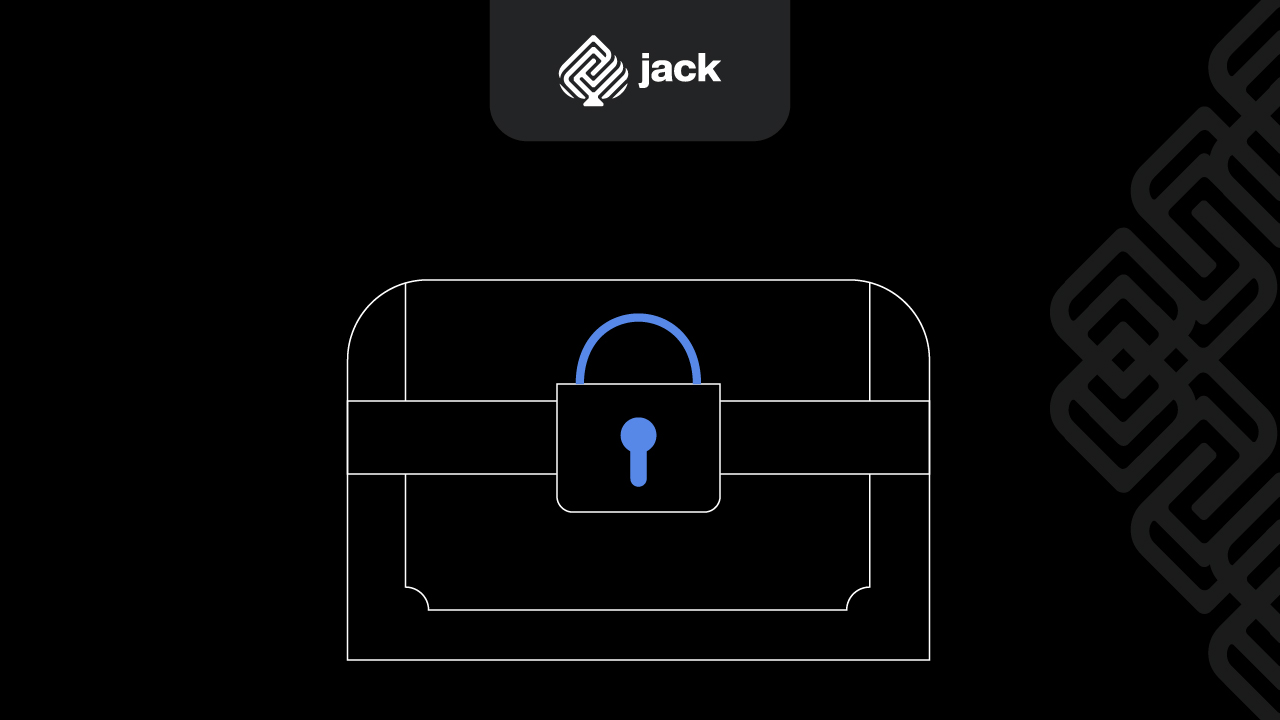In the world of international trade, the Bill of Lading (B/L) is a key document that cannot be overlooked. As proof of ownership of goods and a shipping contract between the owner and the carrier, filling out and issuing a B/L must be done carefully and correctly.
Mistakes in this process can impact the safety of goods, legal compliance, and operational efficiency. This article will discuss practical steps to correctly fill out and issue a B/L.
Understanding the Bill of Lading and Its Importance
A Bill of Lading (B/L) is a document used in the shipping process by sea, air, or land. It serves as proof of receipt of goods by the carrier and as a contract between the sender and the recipient.
In shipping, the B/L is crucial because it records the shipping details, including the type, quantity, and condition of the goods at the time of shipment.
Importance of the Bill of Lading
1. Proof of Shipment
The B/L is an official proof that the goods have been received by the carrier. It ensures that the sender has fulfilled their obligation to deliver the goods and serves as a basis for claims if problems occur during shipment.
2. Shipping Contract
The B/L acts as a contract between the sender and the recipient. It records the terms of the shipment, including costs, shipping route, and liability for damage or loss of goods.
3. Ownership Document
The B/L can also serve as a document of ownership of the goods. In some cases, the B/L can be transferred, allowing the owner to transfer ownership of the goods to another party.
4. Security Document
The B/L records the details of the shipped goods, including serial numbers or specific descriptions. This helps in tracking and identifying goods during shipment, protecting against fraud or theft.
5. Payment Terms
The B/L can be used as a basis for payment. In some cases, the recipient will not accept delivery without the B/L, ensuring that payment has been made or will be made according to the agreed terms.
Practical Steps to Correctly Fill Out and Issue a Bill of Lading
Here are practical steps to correctly fill out and issue a Bill of Lading:
1. Provide Accurate Information for the Sender and Recipient
The first step in filling out a B/L is to ensure that the information for the sender and recipient is correctly listed. This includes the full name, complete address, and valid contact information. Errors in this information can cause delays or misdeliveries, so check carefully before proceeding.
2. Provide a Clear Description of the Goods
Each item being shipped must be clearly described in the B/L. This includes the quantity, type, weight, and dimensions of the goods. Provide detailed descriptions to avoid confusion or errors later.
3. Determine the Shipping Method and Route
Choose the shipping method that suits your needs, whether by air, sea, or land. Also, determine the desired shipping route. Consider delivery time, costs, and other relevant factors when selecting the shipping method and route.
4. Fill Out Additional Required Information
Some Bills of Lading may require additional information depending on the type of shipment and the requirements of the involved parties. Ensure all required sections are completed with accurate and relevant information.
5. Check and Validate the Provided Information
After filling in all the necessary details, the next important step is to check and validate the information provided. Make sure there are no typos or incomplete information. Small errors can have significant impacts on the shipping process, so thoroughness is key.
6. Confirm Additional Document Requirements
Before issuing the B/L, ensure that all additional document requirements are met. This may include letters of guarantee, certifications, or other special documentation required for specific shipments.
7. Issue the Bill of Lading and Store Copies Safely
Once all the steps above are completed, it is time to issue the B/L. Make sufficient copies and store them safely. These copies will be important proof during the shipping process and can help resolve issues if they arise.
Tips and Tricks for Filling Out and Issuing a Bill of Lading
Filling out and issuing a B/L requires strict compliance to ensure that the document is valid and acceptable to all parties involved. Here are some tips and tricks to ensure compliance in this process:
1. Understand Applicable Legal Requirements
Before filling out a B/L, it is important to understand the applicable legal requirements related to this document. This includes rules and regulations set by shipping authorities and international shipping laws.
2. Use Software or Automated Systems
To ensure accuracy and compliance in filling out a B/L, consider using software or automated systems designed for this purpose. These systems can help reduce the risk of human error and ensure all necessary information is entered correctly.
3. Involve Competent Parties
If you are unsure about filling out a B/L, it is better to involve competent or expert parties in this process. Consult with shipping specialists or experienced lawyers to ensure the document is filled out correctly and complies with all applicable requirements.
4. Regularly Review Documents
Filling out a B/L is not a task that ends once the document is signed. It is important to regularly review the B/L to ensure that the listed information remains accurate and relevant to the current shipping conditions.
See the API Document from Jack Finance here
Use Jack for your business needs
By following these practical steps and paying attention to the mentioned tips and tricks, you can ensure that filling out and issuing a Bill of Lading is done correctly and efficiently, reducing the risk of errors and ensuring smooth supply chain operations.












